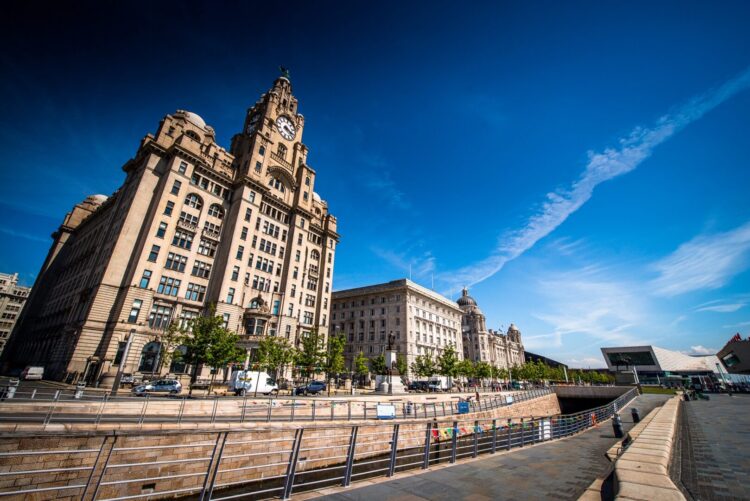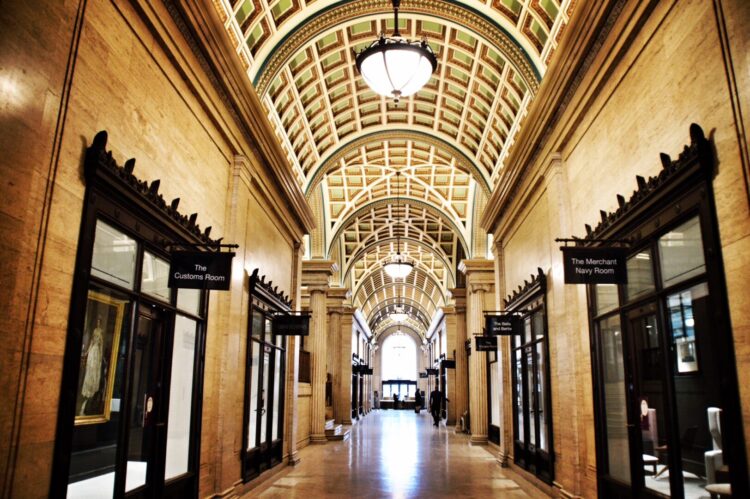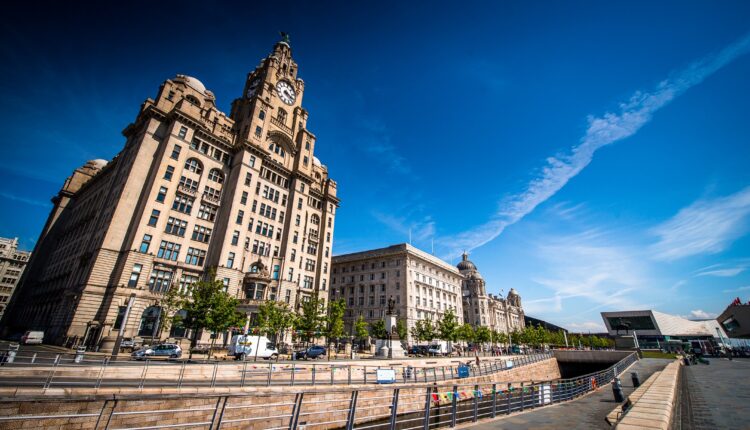Corestate and Farhad Moshiri spent £15m refurbishing the Royal Liver Building but collected more than £25m in rent and will sell for a £42m profit – how office investors can reap the rewards. Tony McDonough reports

For the first 100 years of its life, the Royal Liver Building had just one owner – Royal Liver Assurance, the business that built it back in 1911.
In 2011, the then Royal Liver Group was taken over by Royal London Group in a deal that also included ownership of the Royal Liver Building. That emotional link between the owner and the building was broken and it then became a saleable asset.
It was no surprise then when in 2017 Royal London decided to cash in on that asset by putting it on the market for £40m. The eventual sale price was £48m, paid by Luxembourg-based investor Corestate Capital and Iranian tycoon Farhad Moshiri, who in the previous year had invested in Everton Football Club.
Mr Moshiri and Corestate clearly believe the time is right to cash in on the Royal Liver, which comprises 330,000 sq ft of office space, 90% of which is let to multiple tenants and now comes with a £90m price tag. These include blue-chip companies such as Princes Foods, owned by the giant Japanese Mitsubishi corporation, HSBC, Grant Thornton as well as Everton FC.
There is certainly a degree of prestige in owning such a well-known landmark, one of the world famous Three Graces, the other two being Cunard Building and the Port of Liverpool Building. But even taking the sentiment out of it, buying an asset such as the Liver Building is a pretty sound investment.
Corestate and Mr Moshiri paid £48m, supported by a £29.7m credit facility provided by Barings. Annual rental income from the Liver is around £5.5m. That represented an annual return – or yield – of more than 11%. If a new owner buys at £90m that yield will fall to just over 6% – still a decent return.
Not only do the owners of an office building have to pay to maintain it, standards demanded by blue-chip corporate occupiers are always rising. So it is critical to invest in the asset to make sure it remains up to the highest standard, as well as meeting environmental benchmarks – an increasingly important factor in a world pushing towards zero carbon.
During the five years of ownership, and under the management of global property consultancy CBRE, around £15m was invested into the Royal Liver. This included the refurbishment of 43,000 sq ft of offices, new events and hospitality facilities and a new tourist attraction – RLB360.
This investment has itself paid dividends with a steady stream of new tenants taking up office space. Last April alone CBRE announced that it had secured six lettings with a number of smaller companies.
If the owners achieve their £90m sale price that will represent a handsome £42m return on their original £48m investment. Yes, they have invested £15m into the building but during those five years they would have collected more than £25m in rent.
And it is the tenants that are key to why buying an office building such as the Royal Liver is such a good investment. Unlike in a house or apartment building, where tenants can come and go, large business occupiers tend to sign up for longer leases – typically 10 years or more.
In recent years there has been a trend towards more shorter-term provision for smaller occupiers and the COVID-19 pandemic which forced millions to work from home has also prompted many to wonder whether the traditional office is dead.



However, while greater homeworking and flexibility is here to stay, there has also been a strong message from the corporate world that they see the office playing an important role for years to come. Team cohesion and co-operation and the training and development of younger staff means offices will remain important.
Mike Cracknell, director in real estate at Deloitte, said: “There have been high levels of speculative development – above the survey’s long-term average, reflecting developers’ ability to ‘look through the short-term effects of the pandemic to a future where occupancy and demand will rebound, even if working patterns and office configurations change.
“More than a third (37%) of developers predict home working will have no impact on leasing demand.”
When it comes to the acquisition of large office buildings, this has generally been the preserve of large institutional investors such as insurance companies and other major institutions. They have the financial clout to invest and crave investment assets with steady long-term returns.
In 2017, Legal & General paid £125m for India Buildings, another famous Liverpool city centre landmark. This was the highest amount ever paid for a single office building in Liverpool. And the reason they paid so much was because HMRC agreed a 25-lease on 270,000 sq ft of space.
This is a cast-iron return and, similar to Corestate and Mr Moshiri, L&G also likely to eventually cash in on a higher capital value, providing they maintain the office space to a high standard.
Legal & General has since invested a further £11m into the building to bring it up to scratch. HMRC is looking to close its multiple office locations around Liverpool city region and consolidate its 4,500 staff in one place.
Although Liverpool currently struggles to get new offices built, it is still a popular hunting ground for institutional investors looking for existing assets. In late February No 5 St Paul’s Square, a 136,000 sq ft block in Liverpool, was put on the market by Abrdn for £34.8m.
That news came shortly after it was revealed that 101 Old Hall Street, which houses the HM Passport Office, had been sold by Palm Capital to London investor Priory RE for £39m. And on March 1 it was reported Shelborn Asset Management was looking to sell No 1 Tithebarn for £18.7m.
Another investor, Kinrise, which is undertaking a multi-million pound refurbishment of the 210,000 sq ft Martins Bank Building in Water Street to create a new business hub, believes there are signs companies want to return to city centres in significant numbers as we emerge from the pandemic.
Colin Thomasson, executive director, investment properties, at CBRE which has been tasked with finding a buyer for the Royal Liver Building, said: “It is an exceptional investment opportunity.
He added: “It offers investors the chance to not only own a piece of history but also a property with considerable potential to add further value and continue the refurbishment programme the current owners have already executed.
“With grade A office supply in Liverpool currently at an all time low and rising occupier demand, we anticipate strong demand amongst investors for the asset.”

